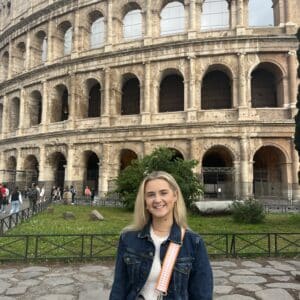
On a fast developing continent, where space is at a premium, preserving biodiversity is the key to turning around the climate crisis. 70% of Africa’s wildlife exists outside the protection of National Parks and Reserves, but the Samburu community are proving a new wave of community-led initiatives are the way forward.
A keystone species is characterised as “an organism that helps define an entire ecosystem”. Across East and Southern Africa, elephants are one of those vitally important species. Their steady maintenance of shrubs and small trees through grazing and migration patterns creates grasslands where otherwise forests or woodlands would form. These grassland savannas are the breeding and feeding grounds for herd animals such as wildebeest, zebra and antelope who seek sanctuary in the open plains; hoping a wider field of vision gives them the advantage over their predators.
It also means that those predators, such as lion and cheetah, have the hunting grounds to use their pace and tactics, without being so successful that it creates an imbalance. And, not only useful to animals, these grasslands are also heavily relied on by local pastoralists driving livestock.
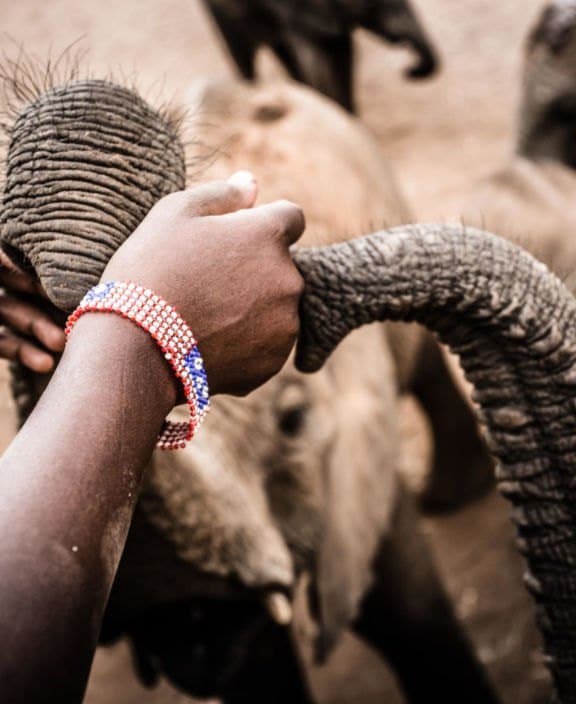
It’s clear that the eradication of these giant ecosystem engineers would have an irrecoverable environmental impact, and though elephant poaching is generally trending downward, with significant declines in East Africa, it continues (along with trafficking, human-wildlife conflict and hunting) to steer the species dangerously nearer to extinction.
Fortunately, there are several organisations that are taking on the noble work of trying to protect Africa’s wild animals and wild places, to which we – as travel professionals and intrepid travellers alike – owe a great deal. Teams of park rangers, conservationists, scientists and educators all play their part in enforcing anti-poaching measures; whether its educating local communities about the value of abundant wildlife, 24/7 surveillance of single animals, or, rescue and rehabilitation programmes for the times when some of those efforts haven’t been successful.
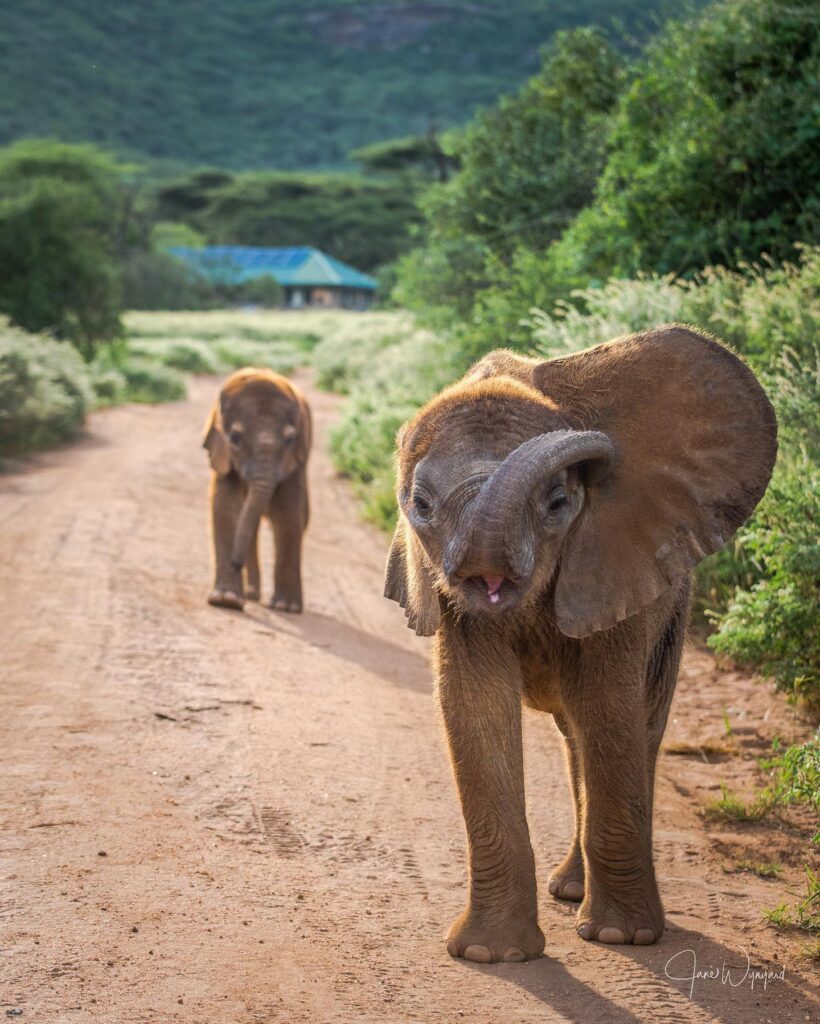
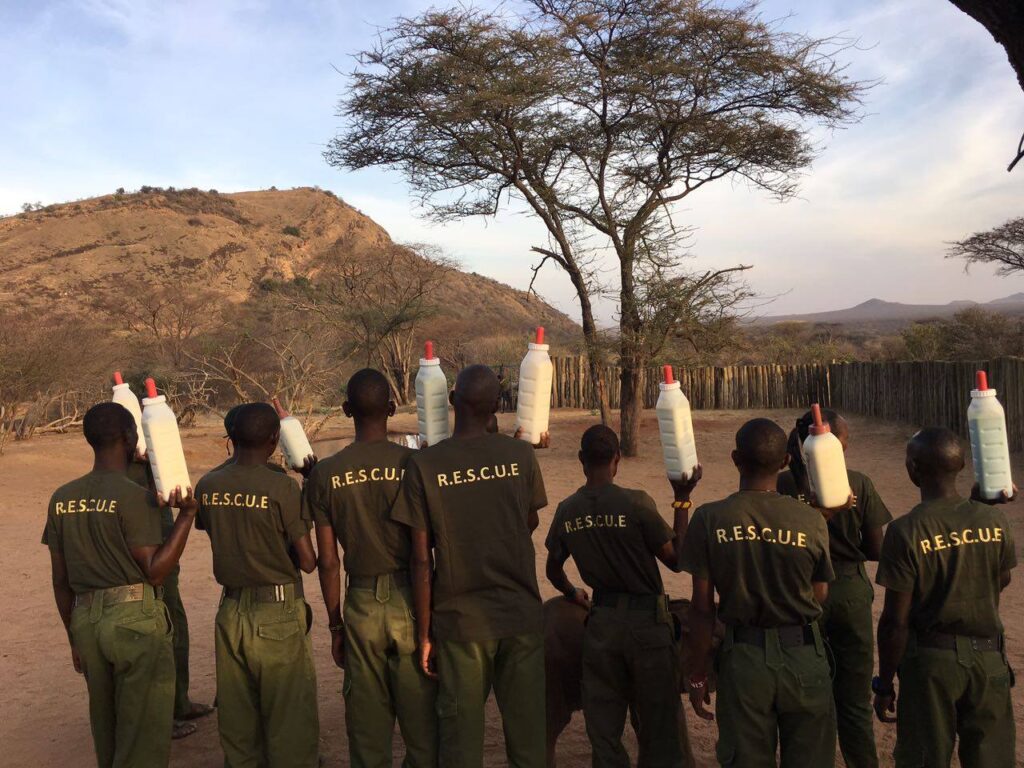
One pioneering example is occurring within the Samburu community that occupies the Namunyak Wildlife Conservancy in Northern Kenya; here, they are reversing the trends and securing the future of their wilderness landscapes. In 2017, with the support of The Sarara Foundation and Conservation International, the Samburu community created Reteti; a rescue and rehabilitation sanctuary which provides employment and education for locals, as they work together to save a critical species.
Under eight years old, elephant calves will spend up to 80-90% of their time within five metres of their mother or another adult herd member. Therefore the two primary causes of an immature elephant being without a herd is that; (1) baby elephants only develop tusks around two years of age and therefore are ignored by poachers targeting older, larger members of the herd for their ivory; or (2), with prolonged droughts and low water tables, elephant calves either fall into wells or get stuck in cloying mud. The elephant calves are then heartbreakingly abandoned by their herd after many traumatic and failed attempts to rescue them of their own accord. As elephants mature so slowly, the removal or lack of these important older herd members leaves an unquestionably bleak appraisal for the success of the species. This is where the sanctuary will step in, as it is clear that without intervention, there would be fatality.
These sanctuaries, Reteti included, have taken up the mantle of adopting, protecting and rehabilitating orphaned wildlife with the ultimate goal of releasing those animals back into the wild. Allowing them to rejoin wild herds, join the breeding pool and thus assist with increasing the overall population of their species.
The backstory of this particular success story is that in the 80s many regional migrants inhabited the Namunyak area and along with the Samburu, who, at the time hadn’t given conservation a second thought. This was the start of the age-old human/wildlife conflict which so many regions suffer from. But following two decades of unprecedented poaching of elephants, the Namunyak Wildlife Conservancy was established in 1995 to promote wildlife conservation and to assist the Samburu community to benefit from tourism, in return for protecting the wildlife species living on their land. Two years later, in 1997 Sarara Camp opened and the following 25 years would see one of the most profound and effective community conservation movements in the world come to life. With their immense wisdom and intelligence, elephants began to trust again and recognise that they were no longer being hunted; and other wildlife followed suit.
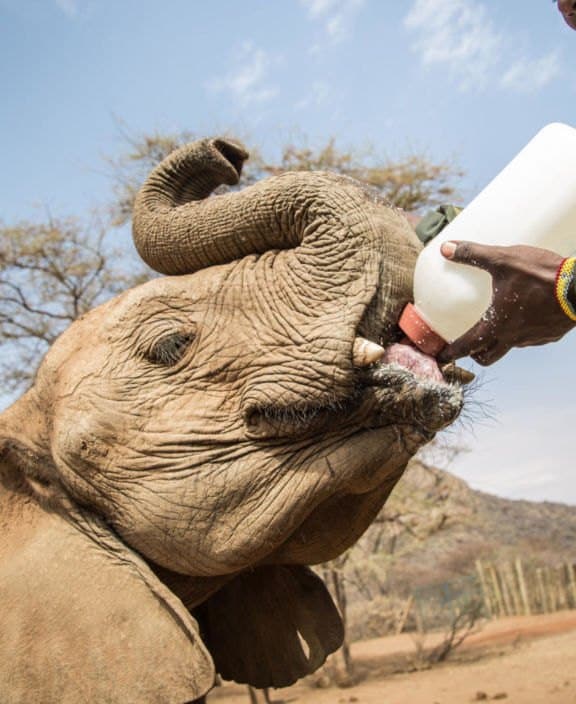
But Reteti is about more than the noble effort of saving elephants; it’s about redefining wildlife management and sharing educational opportunities. It’s about empowering people on their own land to preserve their cultural independence and build economic strength.The sanctuary encourages local knowledge – knowledge of the environment that isn’t exclusive to a traditional education system – and people who once thought they were limited to the nomadic pastoralist lifestyle have more options to explore should they wish. A healthy elephant population also drives tourism which in turn creates alternate employment prospects. This multi-pronged approach to education and ownership of opportunity means that the once heavily poached and severely degraded northern rangeland is now restoring itself.
Reteti is proudly the first community-owned elephant sanctuary in Africa.
INSPIRATION
SIGN UP
Weekly travel inspiration, news and updates from our team of travel specialists
Sign up